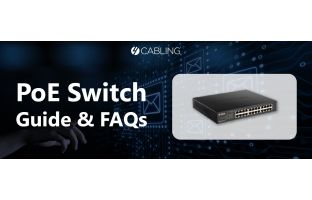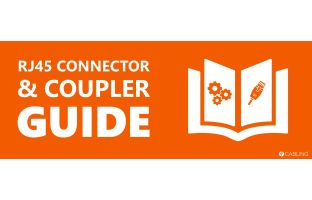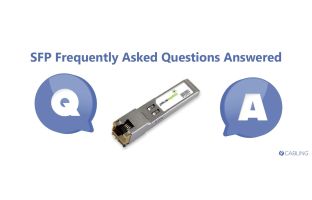As we consume data at higher volumes and the demand for faster, more reliable access becomes more commonplace, fibre optic networking has become more mainstream.
Fibre optic cables comprise a strand or multiple strands of glass through which light (data) passes. Single-mode fibre has a smaller core (9 microns), while the multimode OM3 / OM4 core is larger (50 microns). Historically, singlemode fibre was significantly more expensive than multimode fibre, however, the difference in price has shrunk in recent years.
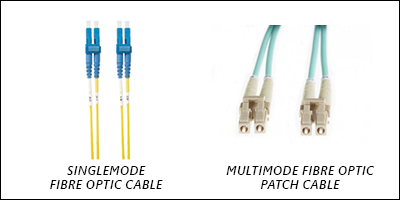
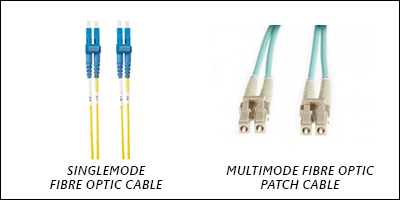
There are many benefits in switching from a conventional copper cabling network to fibre optic networking:
Speed
As mentioned above, fibre optic cabling comprises a glass strand, or glass strands, rather than copper, through which data is passed, and you’ve heard the term ‘speed of light’, right? It’s fast. In addition, the advantage of single-mode fibre’s smaller core is that it reduces internal reflections, leading to increased bandwidth and light propagation. In more tangible terms, this means quicker downloads, less pixelation and less lagging on devices.
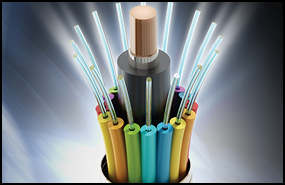
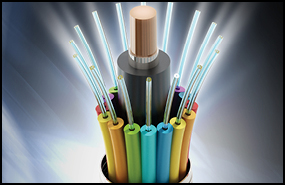
Distance
Fibre cabling can carry data at higher bandwidths much further distances than copper cabling, and in turn, singlemode fibre has a longer reach than its multimode counterpart. Single-mode OS2 can reach up to 10Gb at 10 kilometres and 1Gb at 5,000 metres, while multimode OM3 and OM4 can reach up to 10Gb to 300 and 400 metres respectively. 40Gb and 100Gb are also achievable using multimode (100 metres and 150 metres).
Reliability
Network downtime costs you money in both time and labour, and really, it’s just downright annoying. A fibre optic network is far more robust than its copper counterpart, therefore more reliable. Unlike copper, it is far less susceptible to corrosion and, as they do not conduct electrical currents, won’t fall foul to electromagnetic interference, weather conditions and other data interruptions.
More secure
Similarly, this resistance to electromagnetic interference means the network is far more secure to deliberate tampering. In addition, hardware can be installed in one secure location (such as hardy server racks), with data carried across long distances, while copper setups may require multiple distribution locations for the same size space.
4Cabling. Quality products for a connected world.



